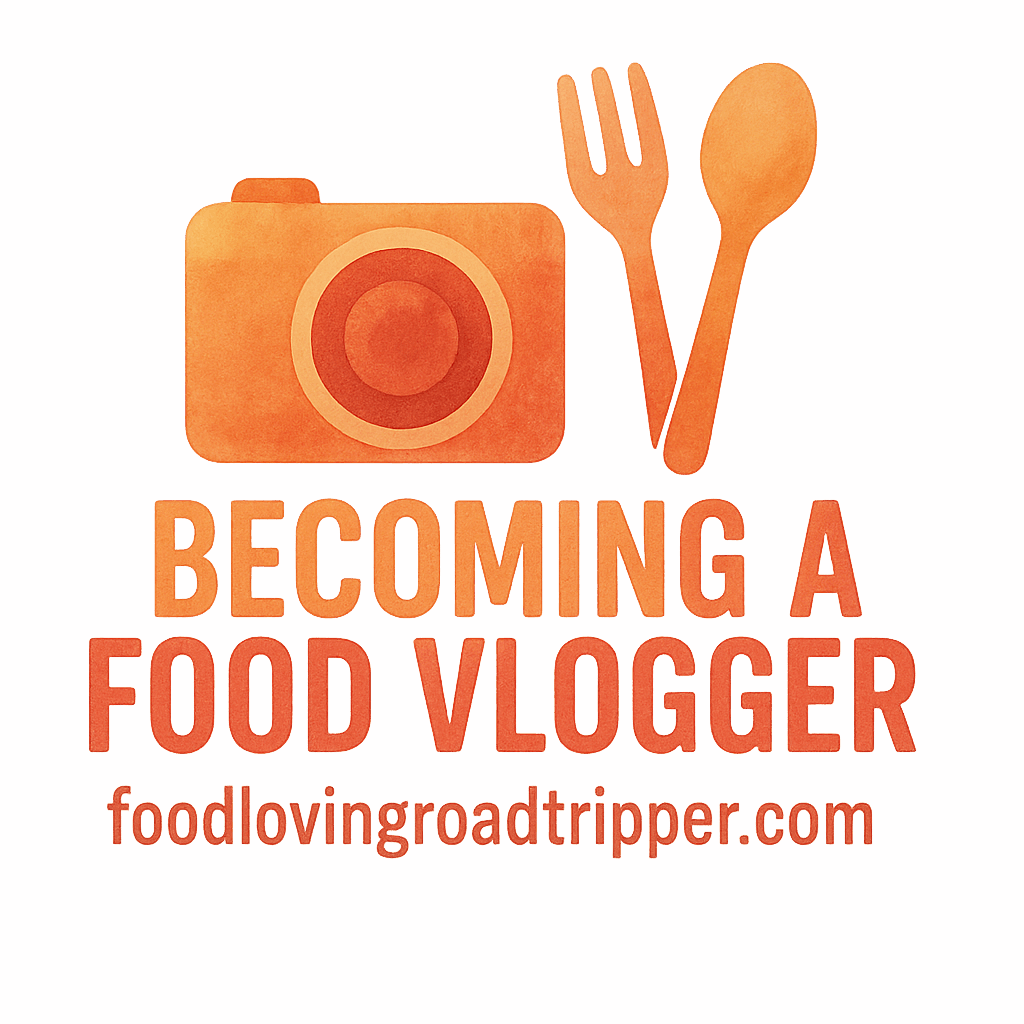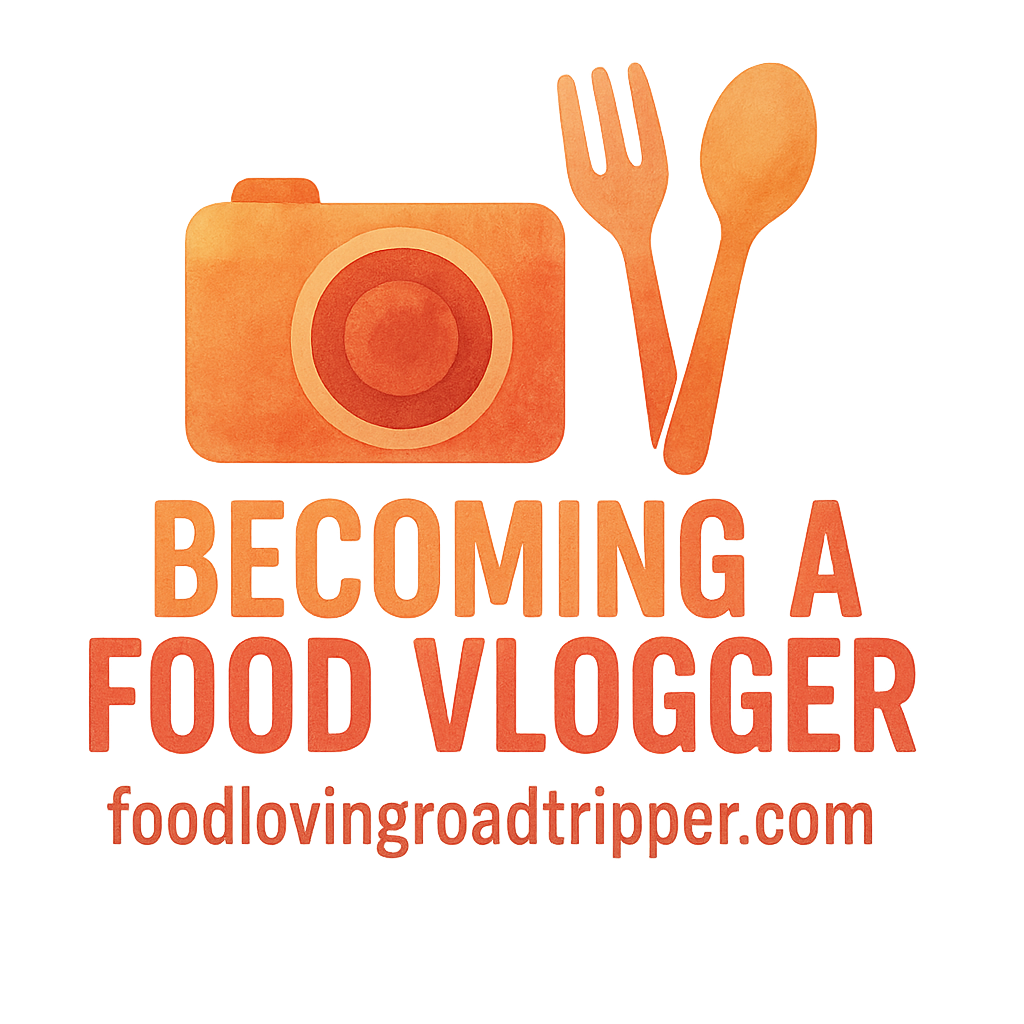Introduction: Why Food Vlogging is a Great Idea
If you’ve ever found yourself scrolling through food vlogs, mouth watering at the sight of delicious dishes being cooked, plated, or devoured, you’re not alone. The rise of food vlogging is undeniable, with millions of people tuning in to watch their favorite creators share recipes, restaurant reviews, and culinary adventures.
Food vlogging can be an exciting and rewarding journey. But before you dive into the world of food content creation, it’s important to know what you need. From equipment to a strong social media strategy, there are several essentials that can help you launch and sustain your channel.
In this post, we’re going to break down five key things you need to consider before becoming a food vlogger.
1. A Passion for Food: Why Love for Food is Key
Let’s start with the most obvious: a passion for food. You don’t need to be a professional chef, but a genuine love for food will shine through in your content. It’s what will keep your audience coming back for more.
The Authenticity Factor
Authenticity is a huge deal in today’s digital world. Viewers crave content that feels real, and if you’re not passionate about food, it will show. Whether you’re reviewing a local restaurant or cooking your favorite meal at home, showing that you genuinely care about food will make your vlogs more engaging.
Exploring Various Food Genres
Another great reason to have a passion for food is that it allows you to explore various genres within the food world. From street food to high-end dining, food vlogging gives you the freedom to dive into different niches. Your passion will guide you in curating content that excites both you and your audience.
For more tips on getting started with content creation, check out our article on getting started with food content.
2. High-Quality Equipment: Tools of the Trade
When it comes to food vlogging, quality matters. You don’t need to invest in the most expensive gear from the get-go, but having the right tools will make a significant difference.
Cameras: Finding the Right One for Your Vlogs
The camera you use will be the cornerstone of your vlogging setup. While smartphones today have impressive cameras, investing in a dedicated camera can offer you better control over the final product. Look for something with high resolution, good low-light capabilities, and the ability to record in 4K or HD.
For more information on equipment and tools for food vlogging, be sure to explore our equipment guide.
Lighting and Audio: Enhancing Your Production Quality
Good lighting is crucial for showcasing food in the best possible way. Natural light is great, but for consistent results, consider investing in softbox lights or ring lights. Similarly, clear audio is essential for capturing both your voice and the sounds of food preparation.
Budget-Friendly Options for Beginners
If you’re just starting out, there are budget-friendly options like ring lights and microphones that will give your vlogs a more professional touch without breaking the bank.
Essential Accessories to Consider
Accessories such as tripods, gimbals, and lens filters can further enhance the quality of your videos, making your content look sleek and polished.
3. Strong Social Media Presence: Building Your Audience
Having high-quality content is important, but without an audience, no one will see your food vlogs. A strong social media presence is essential for growing your channel.
Platforms to Focus On
While YouTube is the obvious choice for food vlogging, other platforms like Instagram, TikTok, and Facebook can help you broaden your reach. Choose a platform where your target audience is most active, and focus on building a consistent and engaging presence there.
For additional tips on growth marketing and expanding your social media reach, check out our article on growth marketing for content creators.
Engaging Your Audience and Creating Consistent Content
To grow your food vlog, consistency is key. Post regularly and engage with your audience by responding to comments and sharing behind-the-scenes footage. Consistent content creation will keep your followers coming back for more.
The Importance of Hashtags and SEO
Don’t underestimate the power of hashtags and SEO. By using the right keywords and tagging your content properly, you’ll ensure that your videos are discoverable by a wider audience. For tips on improving your SEO, check out our guide on content creation SEO.

4. Editing Skills: Perfecting Your Content
Editing is where the magic happens. Even if you capture amazing footage, a well-edited video can turn your food vlog into a professional masterpiece.
The Power of Editing to Create Professional-Looking Videos
Editing allows you to polish your content, add engaging transitions, and incorporate fun music that complements the vibe of your vlog. It can also help with color correction, making your food look even more appetizing.
For more advice on video editing, head over to our guide on editing food content.
Free and Paid Editing Tools for Food Vloggers
Whether you’re using free tools like DaVinci Resolve or iMovie, or opting for professional software like Adobe Premiere Pro, there are plenty of options available for food vloggers of all levels.
Mastering the Basics of Video Editing
Start with the basics – trimming footage, adding text, and syncing music. Once you’ve mastered those, you can experiment with more advanced techniques like slow-motion, time-lapse, and picture-in-picture.
5. Monetization Strategies: Turning Passion into Profit
One of the most exciting aspects of food vlogging is the potential to make money. If you approach your food vlog as a business, there are multiple ways to monetize your content.
How to Make Money from Food Vlogging
As a food vlogger, you can make money through advertisements, sponsorships, affiliate marketing, and even by selling your own products. For detailed information on monetization, check out our monetization guide.
Different Revenue Streams for Food Vloggers
The key to success is diversifying your revenue streams. Platforms like YouTube offer monetization through ads, while sponsorships from food-related brands can bring in additional income. You can also promote cooking products and affiliate links in your videos.
Sponsorships, Affiliate Marketing, and More
Consider collaborating with brands that align with your values and audience. Sponsored content and affiliate marketing can bring in passive income, turning your passion into a lucrative venture.
Conclusion: Ready to Take the Leap?
Becoming a food vlogger is not just about cooking or eating food in front of a camera. It’s about passion, creativity, and dedication. With the right tools, skills, and mindset, you can create content that resonates with food lovers around the world.
So, are you ready to take the leap into the world of food vlogging? The journey may not always be easy, but it’s certainly rewarding. Embrace the essentials we’ve outlined, and soon, you could be the next big food influencer!
FAQs: 7 Common Questions About Food Vlogging
- How do I start a food vlog with no experience?
- Start small, focus on your passion for food, and learn as you go. Use your smartphone camera, edit with free tools, and build an audience on social media.
- Can I food vlog on a budget?
- Absolutely! Many food vloggers begin with basic equipment like smartphones and budget-friendly lighting options. You can also check our budget tips for creators.
- What equipment do I really need to get started?
- At the very least, you need a camera, good lighting, and a microphone. As you grow, you can upgrade your setup.
- How can I make my food vlogs stand out from others?
- Be authentic, find your niche, and showcase your personality. Consistent and high-quality content will help differentiate you.
- How long does it take to grow an audience as a food vlogger?
- It varies. With consistent effort and engaging content, many food vloggers see growth within a few months to a year.
- Is food vlogging a profitable career?
- Yes, but it takes time and dedication. Once you build an audience, there are many ways to monetize your channel.
- How can I collaborate with brands for my food vlogs?
- As your audience grows, reach out to food-related brands for collaborations, or use platforms like Fohr and Grapevine to connect with sponsors.


